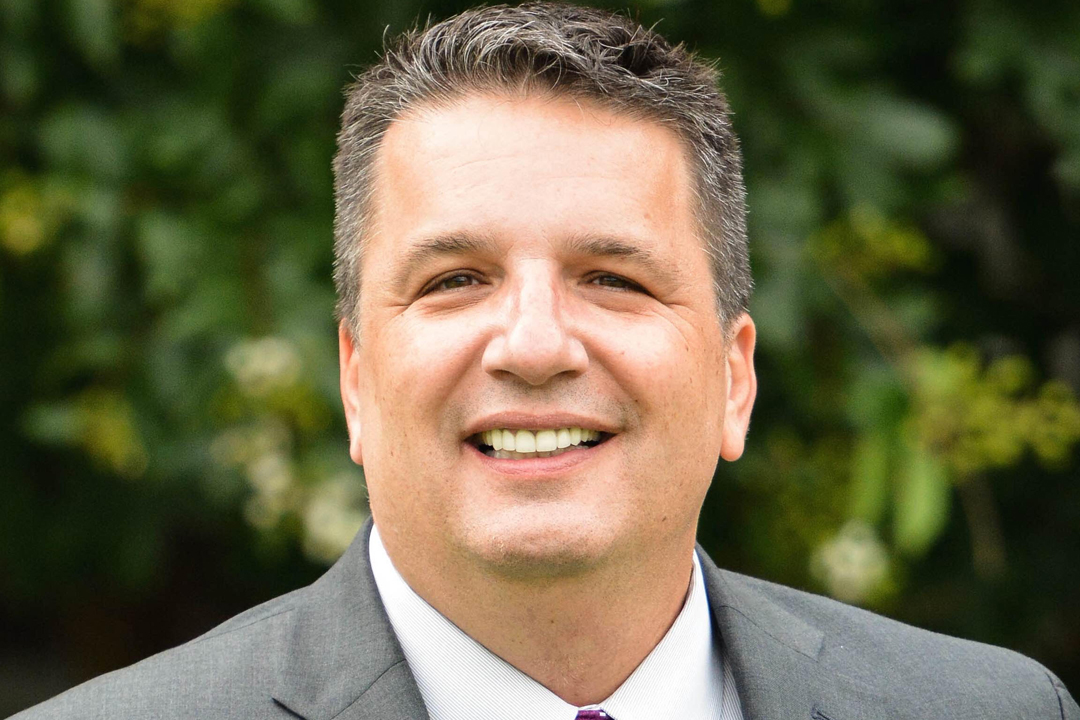Gone are the days of overly chipper, khaki-clad campus tour guides herding large groups of Baby Boomers through curated tours of brick buildings, according to Jeff Kallay, CEO of higher education consulting firm Render Experiences.
Mr. Kallay has been observing the changing face of campus recruitment for nearly 20 years, and he says that Generation X parents—raised on Nirvana, the fall of the Berlin Wall and the Challenger explosion—and their plugged-in, post-millennial children are visiting colleges and universities with a new outlook and new expectations.
According to Mr. Kallay, it’s up to colleges and universities to design “campus visit 2.0.”
“It is a cusp time, and we need to reach a new group of parents, who are stressed mentally and financially, and their children, who have access to more information than ever before,” Mr. Kallay said.
“I’m here to push the conversation forward so that universities can evaluate how they make students feel when they visit because that is how you find ‘best-fit’ students.”
The George Washington University Office of Admissions will host Mr. Kallay March 7 for sessions at 11 a.m. and 1 p.m. with the presentation “Generation Z and the Campus Visit.” The event in the Marvin Center Ballroom is free and open to the university community.
Q: What changes have you seen across generations of parents and students?
A: In 2001, millennials started graduating from high school, and colleges were hit hard because they weren’t ready. When you look back, you can see these generational impacts. For example, there were a lot of mid-century buildings built on campuses after World War II because Baby Boomers came to college en mass. Universities changed because of sheer numbers, and the same thing happened with millennials. Universities built modern campuses with renovated student centers and a Starbucks in every building. Now the shift is happening again, and we need to get ready for Gen X parents and their children—Generation Z.
Q: Why is it important for colleges and universities to understand generational shifts?
A: For nearly 40 percent of Gen X college students, the first time that they visited college was when they were dropped off for orientation. Now as parents, they are busy and so, they default to the campus visit to understand the school. Their children are visiting colleges they consider their first-choice school or a strong second choice. If they have access to technology—which most do—they are coming in with a ton of information from the school. It’s the university’s job to simplify communication for both the parents and students—to make the campus navigable and to provide as much interaction through videos, photos and stories to make students feel connected before they arrive.
Q: What does “campus visit 2.0” look like?
A: Overwhelmingly, we see that students select a college based on how they feel when they visit. When you visit a campus and you can see yourself living there and becoming a part of that legacy, you choose that school. Authenticity is important It is having the gumption to be comfortable with who you are as an institution and showing that to students and parents. Students are looking for a place to call home. The bottom line is that people recruit people. Students want to see who their professors will be, who they will be living in residence halls with, who they will play on sports teams with. When students and parents walk through campus, I want them with heads up taking it all in. Every student won’t choose GW, but our goal is to focus on the ones that respond to the school.
Q: Are students a part of the effort to recruit a new class?
A: It’s important that students remember they were just in the shoes of the prospective students. They should ask themselves how they wanted to be treated when they visited. Did students smile? Did they offer to answer questions? Potential students will become their classmates, and what they add to campus will help to build the legacy of GW.
Q: How do you approach this discussion?
A: It’s a good time! Look, I’m the Fozzie Bear of higher education consulting, and I go up there and make sure that things are entertaining. I like to start by saying that every generation has its own boy bands, vampires, zombies and mean girls. But there is a world of difference between the gym scene in the Nirvana “Smells like Teen Spirit” music video, and the kids singing “We’re all in this together” in “High School Musical.” This presentation is about raising awareness about the wants and needs of the next generation of students and parents. Often, when the talk is over, people come up to me, and it’s like a light bulb has gone off. They can see how generations are colliding on campus—in the community and in the workplace.


